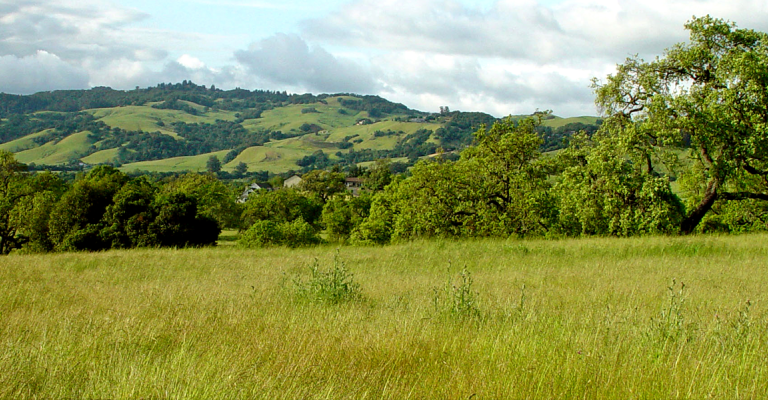Service-Learning in Educational Leadership and Special Education
The integration of service-learning into teacher education implies work in two areas: (1) using service-learning as a pedagogical technique in the postsecondary setting, and (2) teaching licensure-seeking students how to integrate service-learning into their own repertoire of teaching techniques.2
(1) Service-learning activity in a postsecondary setting usually falls into two categories:
Category A: Teaching/tutoring/sharing knowledge from the class
Example: Service-learners from Providence College worked with a local community center to develop and staff an after-school children’s program.3
Category B: Using information from the class to doing something with/for a community organization
Example: Clark Atlanta University EDA 610 Community Educational Leadership students work as a research team to identify a problem or issue of significance to the local community. For example, one project “focused on parent centers in local schools. Students developed an intensive, structured interview schedule supported by observation and document analysis.”
Students establish a collaborative context for research and practice...an action research design is developed and implemented. After data are acquired, students develop a comprehensive plan for problem resolution and report their findings and results of their student to community collaborators...Throughout the course, reflective activity is pursued...at the conclusion of the course...community feedback is utilized to correct any possible misperceptions.4
(2) Having the skills and experience to integrate service-learning themselves may be more valuable than participating in service-learning. Mary J. Syfax Noble, the elementary school administrator in the Minneapolis Public Schools explains:
[Service-learning] assists schools in making important connections to the broader community...is a critical part of the entire school-reform picture...because service-learning does not compete with the standard curriculum. It supports and deepens the curriculum for all students...An important first step is to make sure service-learning is tied into the school’s mission or vision.5
Please contact [email protected] for more information.
1From A K-12 Administrator's Perspective.
2[Learning With the Community: Concepts and Models for Service-Learning in Teacher Education.
3Program Models: Seattle University, Learning with the Community: Concepts and Models for Service-Learning in Teacher Education.
4Program Models: Seattle University, Learning with the Community: Concepts and Models for Service-Learning in Teacher Education.
5A K-12 Administrator's Perspective.
All Resources available in the CCE Resource Library.


